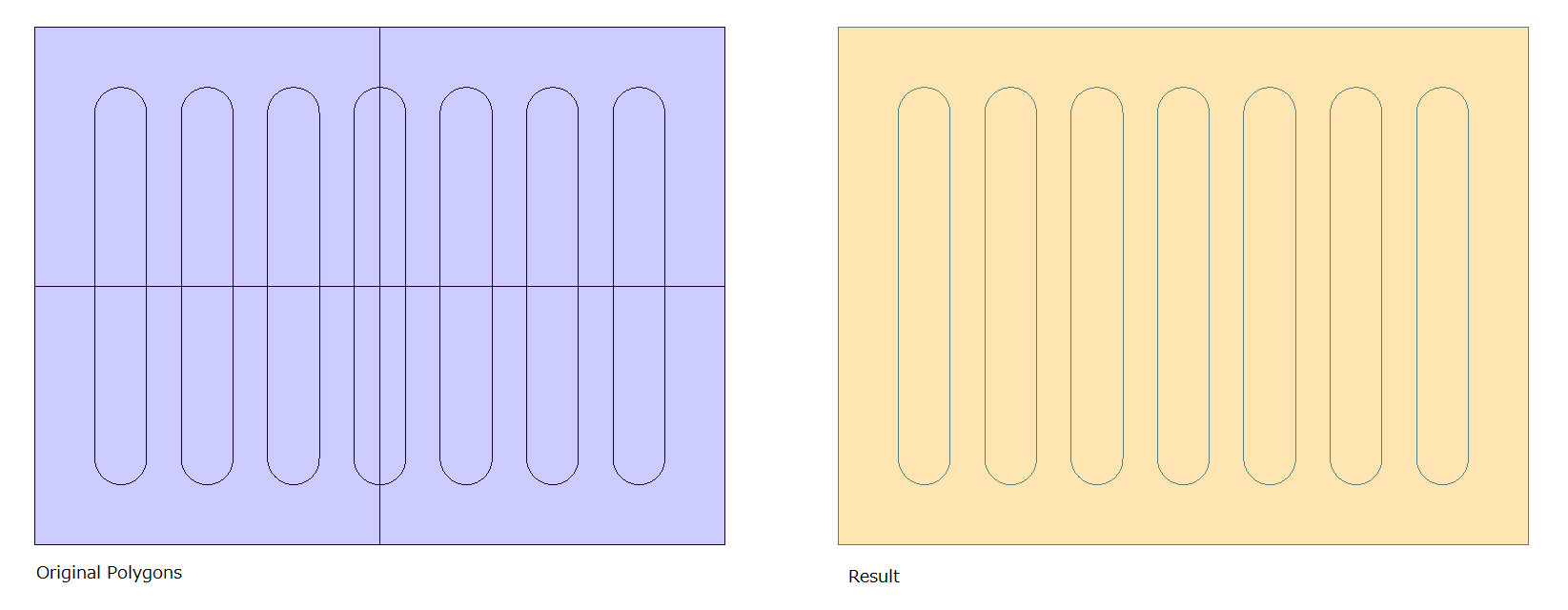The highlighted Polygons should form a larger polygon with the same attributes. Both have different IDs, so after merging only one should be retained. The same transformation needs to occur for other polygons in the screenshot also. Usage of Dissolver and FeatureMerger transformers has not yielded results. I hope some light can be shed on the right approach to take here.
Reply
Rich Text Editor, editor1
Editor toolbars
Press ALT 0 for help
Enter your E-mail address. We'll send you an e-mail with instructions to reset your password.
















